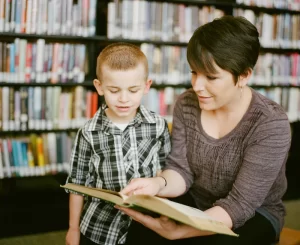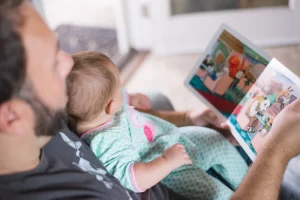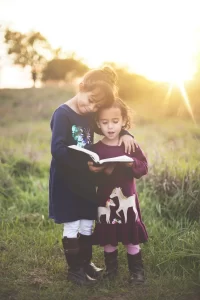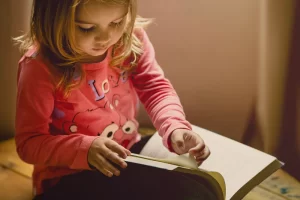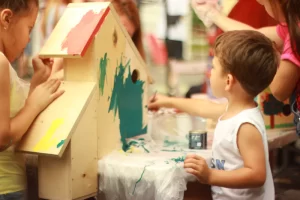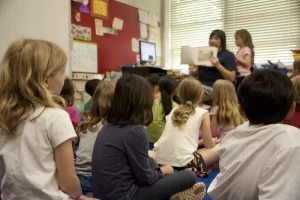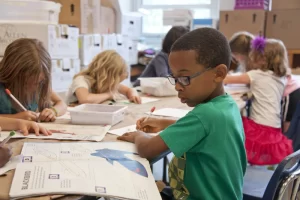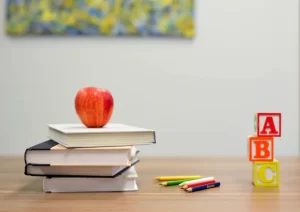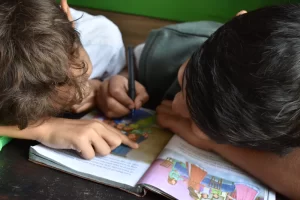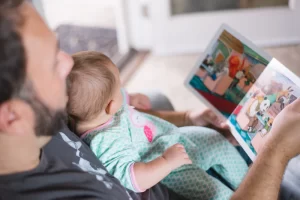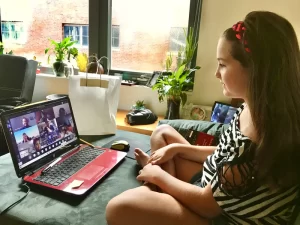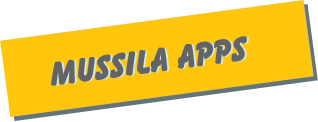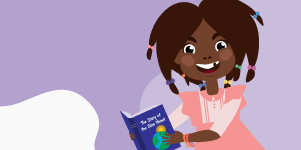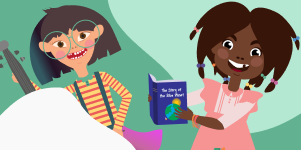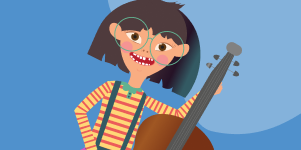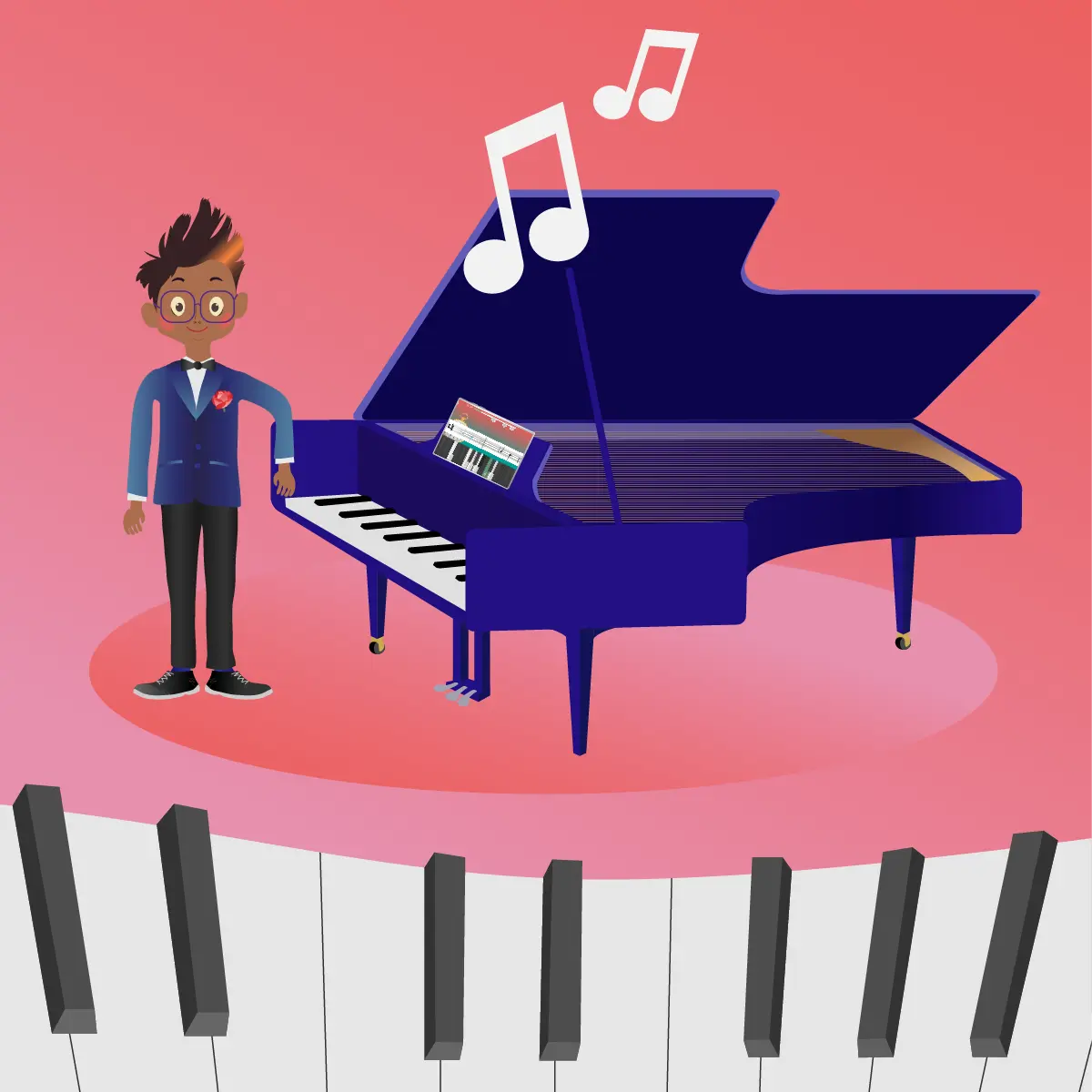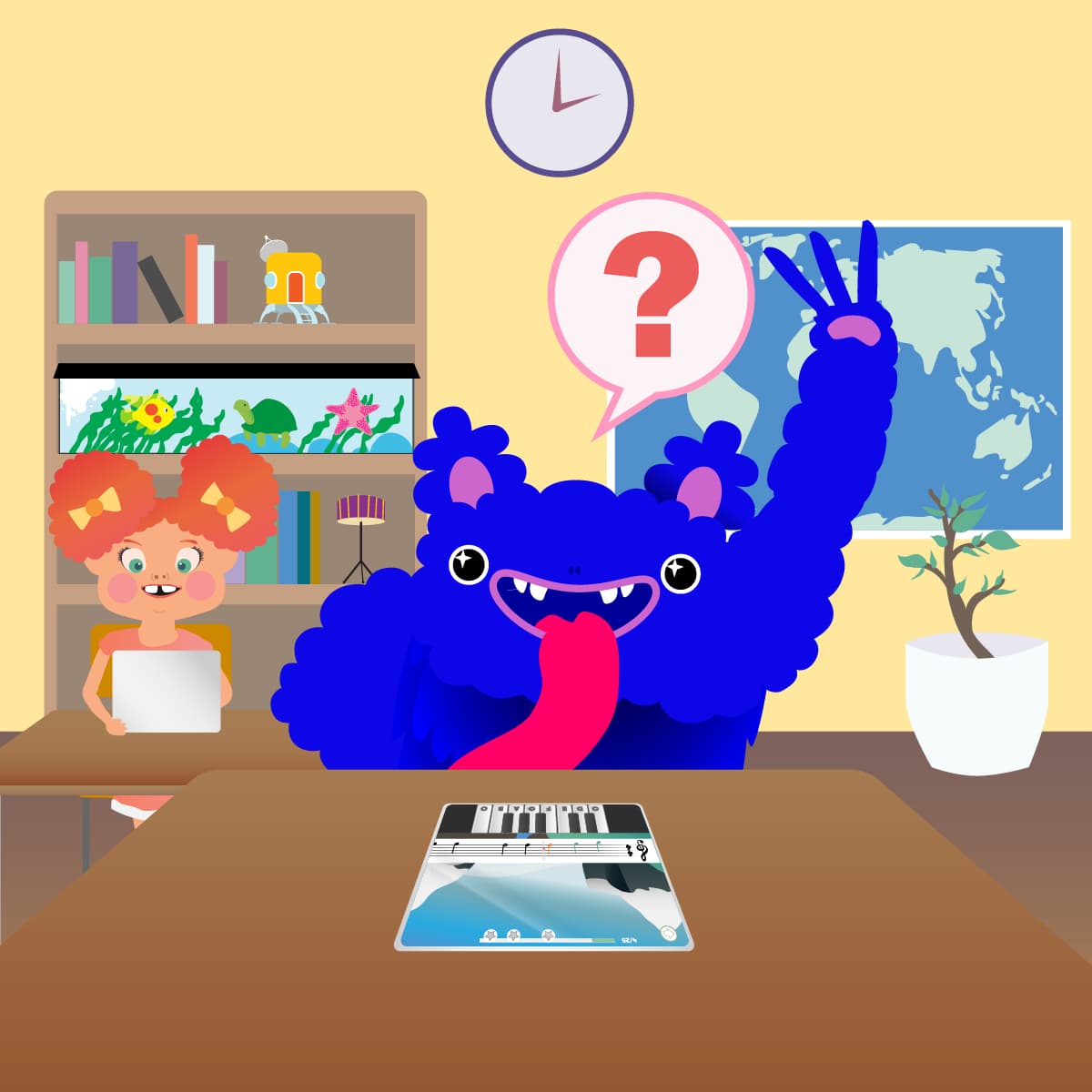By Arctic Meta,
All parents want their kids to have the best possible chance at success and will do just about anything in their power to ensure it. One of the most significant advantages a child could possibly be given on the path to future success is a head start in reading.
Ever since humans first created written language in around 3100 BCE, it has become one of the most valuable skills a person can have. Children are exposed to written language almost from the moment they are born. It’s all around them in their daily environments, and over time they learn how to decipher this language and give it meaning.
The better a person is at reading, the better their opportunities become later in life, but when exactly should kids learn to read? What are the specific milestones on their reading journey? How can parents help?
Read on to find out all this and more.
When Should Kids Learn to Read?
There’s no simple answer to this question. It really depends on a lot of different variables, but most experts agree that the sooner a child is exposed to at least the concept of reading, the better.
Reading to children, even from infancy, can help them to discover language, strengthen parent-child bonds, and activate brain activity that will help accelerate their development. The bottom line is that reading only has positive outcomes, no matter what age a child is.
Reading Milestones By Grade
The process of learning to read is different for everyone, but it does seem to have some specific milestones that the majority of kids go through. Below are some of the most common stages kids go through on their journey to discovering reading.
Infancy (Up to 1)
Babies are cute little bundles of joy that don’t seem to do much besides eat, cry, and be the most adorable thing in the universe, but there’s actually a lot of learning going on behind those beautiful eyes.
Before a child is one year old, they have already begun to understand that gestures and sounds can communicate meaning. They are also able to respond when they are spoken to and can specifically direct their attention towards a single person or object.
By the time a child has reached the end of their first year, they might not have a huge vocabulary or even speak that much, but they can understand 50 or more words. It is at this age that a child is also able to reach for books and turn pages with a little bit of parental assistance. They might not know everything that is being read to them, but they get enjoyment out of stories being read to them and can express their joy through vocalisation and tapping pictures.
Toddlers (Ages 1-3)
This can be one of the most rewarding times to be around a child. During the toddler years, kids begin to develop their own personalities and start to interact more effectively. Often toddlers love pretending to read on their own, and it’s usually at this time that a parent might find themselves reading the same book to them over and over again.
At this age, most children are able to pick out objects in pictures. If they are asked, “where is the dog?” they can normally find it; they can also expand on the information provided to them. Not only can they find the dog in the picture, if they’re asked what a dog says, they can correctly respond with a bark.
The world of a toddler lives at the end of their index finger; they are able to point out things in their environment and can often correctly name a book they know simply by seeing the cover. As this is the age of repetition, they can also usually finish sentences when reading books they know well. This is also the age where they experiment with their own version of writing or drawing (scribbling), and often there isn’t a safe surface in the home if they have a pen or pencil.
Early Preschool (Age 3)
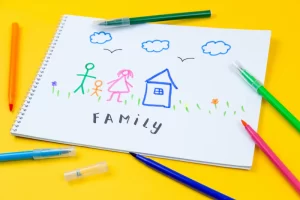
Preschool is usually a child’s first taste of a formalised education. They may have already learned it at home, but this is the place where they become more confident with things like singing the alphabet song or knowing what letter their name begins with.
Late Preschool (Age 4)
As they get a little bit older, they will start to form relationships between letters and sounds and also understand the concept of syllables. This is also the time that they understand which direction their written language moves in (for European languages and English, this is left to right and top to bottom).
It’s around this age that they can start to recognise familiar signs or labels from their everyday life. Often through song, they develop an understanding of words that rhyme.
Writing becomes more prevalent at this age. They will often experiment with writing words, using letters they are familiar with. The normal range of letters a child of this age should be able to recognise is between 15 and 18 (uppercase).
Perhaps one of the most exciting developments at this stage is that they are able to retell stories that have been read to them, sometimes in great detail, sometimes with a lot of artistic license.
Kindergarten (Age 5)
When a child has reached kindergarten age, they are beginning to refine a lot of the basic skills they have developed. Not only can they retell stories they have been told, but they also possess the critical thinking skills needed to be able to predict what might happen next in a story.
Their speech abilities greatly improve around this time as they can begin to listen to and play with smaller sounds in their speech. They start to mimic the speech patterns they hear around them more effectively.
By kindergarten, children can write numbers, letters and some words; they can also recognise printed words that they are familiar with and are even able to define some of them.
This is also a stage of development where kids become familiar with some important identification details. They can accurately retell the who, what, where, when, why and how of a story or situation.
First & Second Grades (Ages 6-7)
Once children have started school, things begin to accelerate greatly. By the end of the second grade, most children are able to read familiar stories alone and use simple punctuation. They know the difference between a full-stop (period) and a question mark and can organise ideas or stories in a logical sequence with a beginning, middle and end.
By this time, kids are also able to “sound out” words they have never seen before and also use the context of the situation they find them in to figure out their meaning. This is also the period where kids learn how to self-correct. They can hear or see mistakes they are making with spelling, grammar or syntax and fix them as they go.
Second and Third Grade (Ages 7-8)
This is the stage where kids become quite self-sufficient in communication. Their understanding of punctuation, spelling and grammar is greatly increased, and they can also understand and use humour in writing.
At this time, they are able to perform tasks like writing text messages or sending emails with predominantly correct spelling. They might even be able to teach their parents a thing or two about how to effectively use emojis.
How Reading is Taught
Reading is actually an incredibly difficult skill to master. It’s pretty much learning how to decipher a code. To be able to turn characters on a page into language that is understood, a reader must learn what each of the characters means, assign sounds that are associated with them and put it all together to form words, then pull from their existing vocabulary of words to determine the definition. See, it’s really quite difficult.
The reason so many adults forget that reading is a complex process is because most humans learn to read over the course of more than ten years. It’s done slowly over time, so most people aren’t even aware of just how much is going on at the time they are acquiring the knowledge.
How Can I Help My Child To Read?
Kids inherently trust their parents and want to please them, so this can certainly make things easier when aiming to help children learn to read. One of the most obvious places to start is to read to them from a young age. However, studies show it can also be beneficial to continue reading to them even after they have learned to read on their own.
Parents can also help their children with phonics; this is the ability to determine the individual sounds in spoken words. Different languages have different phonic values, and some are more difficult than others. It can be incredibly beneficial for parents to assist kids with this. For example, the words rough, tough, and through all contain an ‘ough’, but in two of these words, this sound takes on an ‘oo’, and in another, it sounds like ‘uff.’
Listening to them read, assisting with sounding out words, and playing games are all useful tools. The important thing is to be available for questions and make it fun.
How Parents Can Help Teach Reading

Reading out loud to kids is one of the best ways to give them a head start. It’s a pretty effortless way to enjoy spending time together that also has some positive educational benefits.
A great thing to do is make sure to let the child set their own pace and keep it fun. They should not feel as though making mistakes is a bad thing; it’s just a bump in the road that helps them to learn.
From a young age, it’s good to place a finger under the print of the book so that the child learns about the relationship between the words and how they carry the story. Incorporating voices or characters will always make this activity more fun and help keep children interested.
If there are pictures in the book, take the time before turning the page to look at the pictures and see how they relate to the story. Take the time to ask questions, point things out and get their opinion on the images.
Over time, as they get more confident, encourage the child to take over reading when phrases are repeated or to fill in a word at the end of a sentence.
Remember, during reading time, there’s always time to answer questions. This helps to create a safe and inviting space for kids, but it also can help them to discover new ways to express themselves.
Most importantly, be consistent. Read to them often, and continue reading to them even after they know how to read.
Learning to Read in School
A lot of study and knowledge goes into teaching children to read at school. At the beginning of formal education, it is normal that children have a wide variety of reading abilities. Some of them can already read, some not at all. The job of the school system is to take this into account and have them ‘all caught up as soon as possible.
As a parent, it’s important to trust the school curriculum and understand that any extra reading done at home will only amplify the work that is already done. It’s also important to remember that not every student learns at the same rate, and just because a kid might not be grasping reading at the same level as their peers doesn’t necessarily mean there’s something wrong.
Good communication between the classroom and home is key to a positive learning experience.
Learning to Read at Home
As stated earlier, any form of reading done at home is only going to help strengthen a kid’s reading ability. It can be as structured as a parent would like to make it, but a good rule of thumb is to try to focus on making it fun.
By the time a child has started school, a lot of their day is built around structured learning, so it’s important to make sure they are still enjoying what’s going on if it’s not in the school environment. If at home reading feels too much like a class, most of the time, a kid will hate it and just not want to participate. After all, it’s basically the equivalent of what it feels like for an adult to have to do work at home in the evening.
Keep it light, keep it fun and make it more about enjoying time together, and the rewards will come.
Learning to Read With Distance Learning
As many discovered through the pandemic, online education can actually work. This has also led to the development of some incredible online tools to help kids on their reading journey.
Much like language learning apps like Duolingo, there are a whole bunch of applications out there geared towards exercising specific needs to help kids read. A great deal of networks and software can make extra resources not only affordable but also available to anyone that has an internet connection.
How Mussila Can Help Develop Your Child’s Reading
Mussila is an award-winning app that has revolutionised the world of music education for kids. It took technology, expert knowledge and the element of play and combined it into a virtual resource for both parents and schools to give kids a complete musical education without the need to buy instruments or even leave the house.
After the success of Mussila, its creators are getting ready to apply this same methodology to reading education with a new app called ‘WordPlay.’ WordPlay will use the same principles to help kids in their reading journey. If this sounds exciting, make sure to follow Mussila on social media or check out the website to stay informed.
Conclusion
Learning to read is an integral skill for anyone. The exact journey of a reader is different for everyone, but there is no doubt that all exposure to books, reading and reading tools will always have positive outcomes for kids. So find a comfy spot, open a book and unlock a world of possibilities for your kids today.

